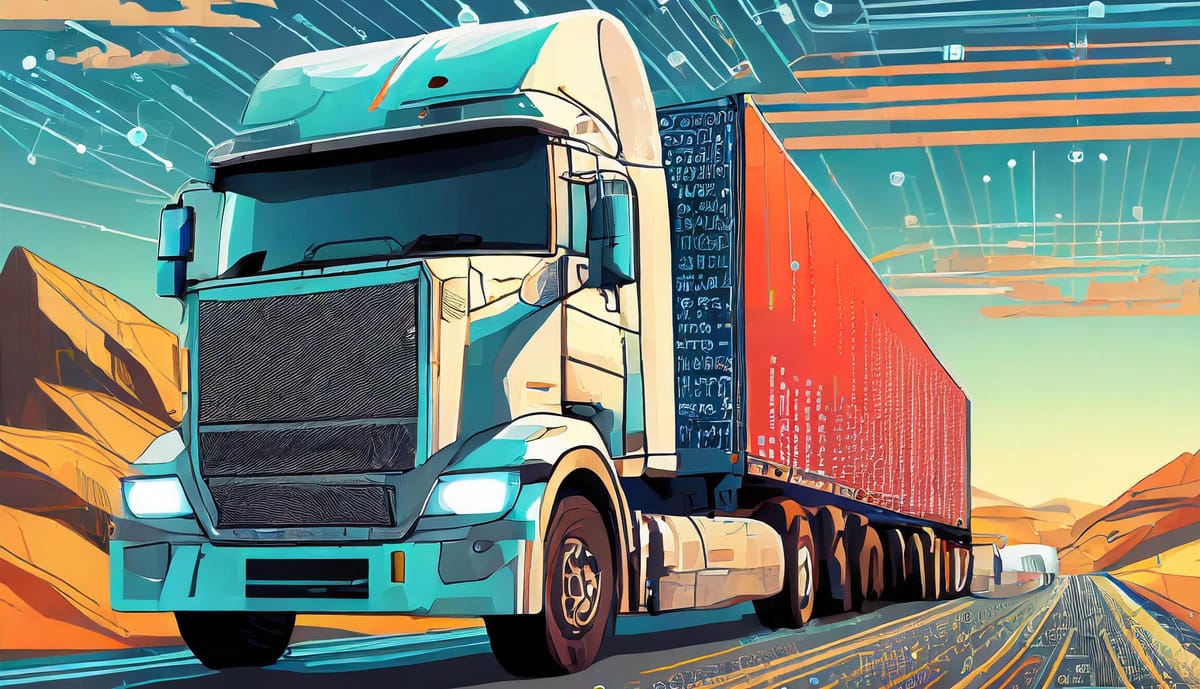Forget Infinite, Focus on Insight: Why Scale Isn't Everything for Most Businesses

The data deluge is real. We are generating information at an astonishing rate. But here's the catch: most businesses actively use just a fraction of their data. Think of it like a giant library - a few dogeared books while most of the library gathers dust.
Modern data tools are powerful. Platforms like Snowflake, BigQuery, and Databricks are at the core of most enterprises today. They store and process massive amounts of data. Tools like DBT make this data easily accessible. All with the promise of being scalable to infinity. Before you jump on the bandwagon, take a step back.
Do you really need it?
Here's a metaphor for you: let's equate data systems like Snowflake to 18-wheeler trucks. These trucks run the nation, moving massive quantities of goods from place to place, but they aren't exactly ideal for your grocery run. Most data platforms today are architected to run massive 18-wheeler data systems for everything, when most of the time you just need to do smaller grocery-run type of tasks.
Does that mean your enterprise never needs an 18-wheeler data truck?
No. In some cases, that's the best solution.
Is there a more efficient, cost-effective way to get the insights you need often?
Yes
Multi-Engine Data Stacks: Enhancing Efficiency and Reducing Costs
Traditionally, cloud data warehouses like Snowflake have bundled storage and compute resources. This "one-size-fits-all" approach might seem convenient, but it is expensive i.e. you will be taking your 18-wheeler everywhere.
Separating storage and compute lets you choose the optimal processing engine for each task. Data stored with Apache Iceberg acts as the table format, sitting on top of your chosen cloud storage (like S3 or ADLS), ensures your data stays organized and accessible, regardless of the analysis tool you use.
By combining Iceberg with the optimal compute solution for each specific workload, businesses can achieve greater efficiency and cost savings. Going back to my metaphor - this means you now can choose the vehicle based on the situation, no more grocery shopping in your big rig!

This data stack features a few more components. Here's a short description of each.
- DuckDB: A lightweight in-memory database engine ideal for processing smaller datasets or performing quick analytical tasks. It's fast, efficient, and doesn't require complex setup.
- Airflow: An orchestration tool that automates workflows. In this case, Airflow determines which data processing tool (DuckDB or Snowflake) is best suited for a specific workload and triggers the appropriate process.
- DBT: A data transformation tool that helps define and automate data transformations. It simplifies data modeling and streamlines data pipelines.
Understanding your data needs and using the right tools like DBT, Snowflake, and DuckDB can help you unlock valuable insights without breaking the bank. Focus on getting the most out of your data, not just collecting it.
At Dataring, we build blueprints for cases like this. These blueprints are tool-agnostic and can be deployed in your environment in minutes.
Want to build a scalable data stack with flexibility across cloud platforms with zero vendor lock-in? Or just want to know more about how it works?
Get in touch with me here.
